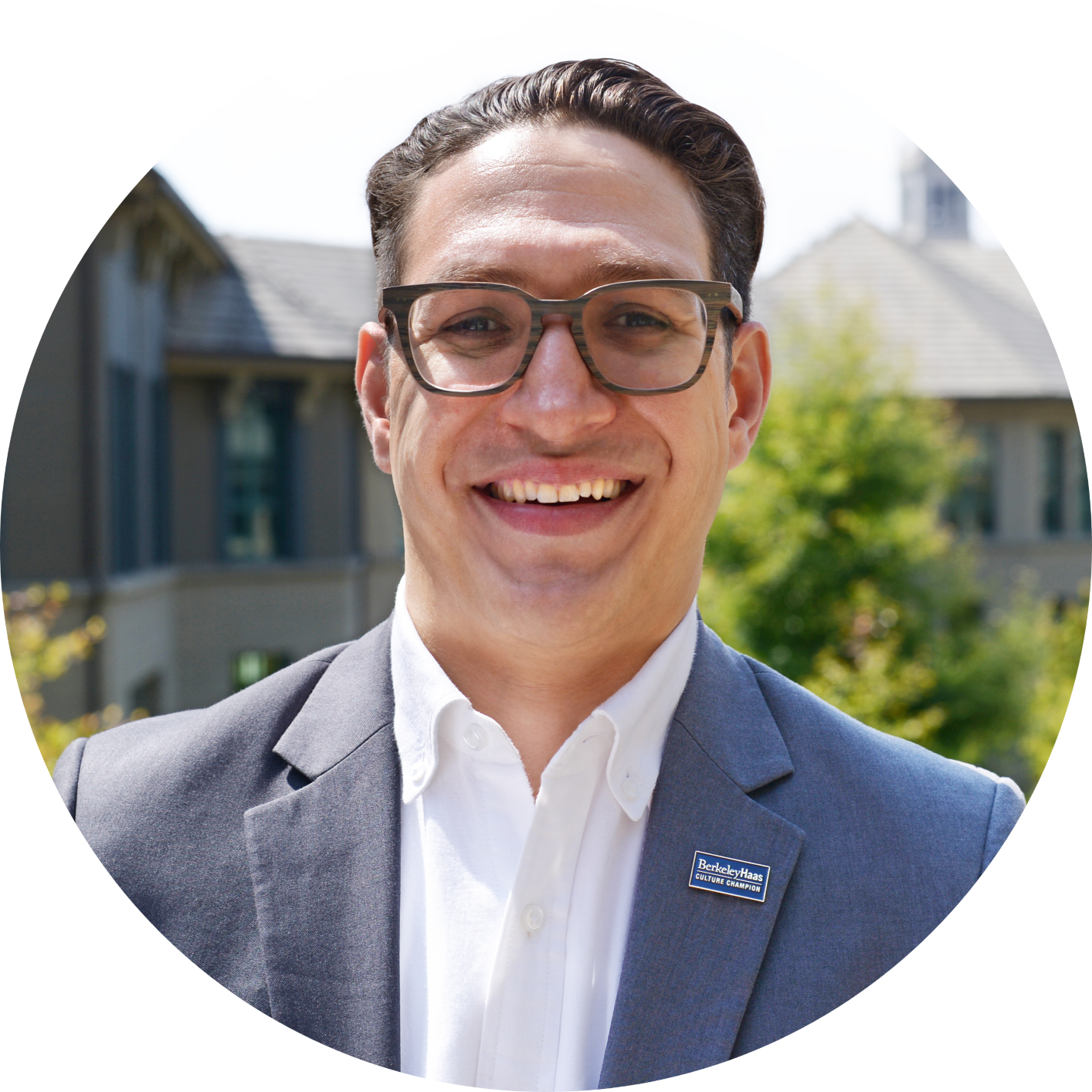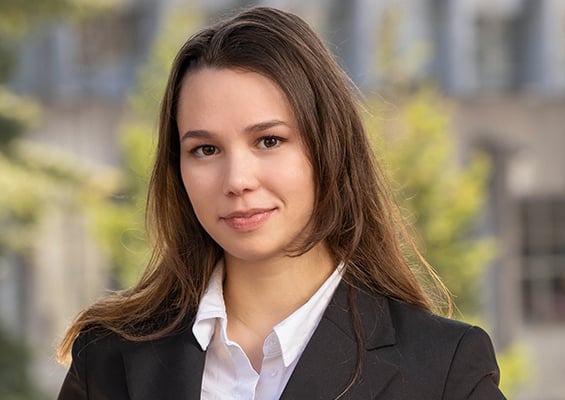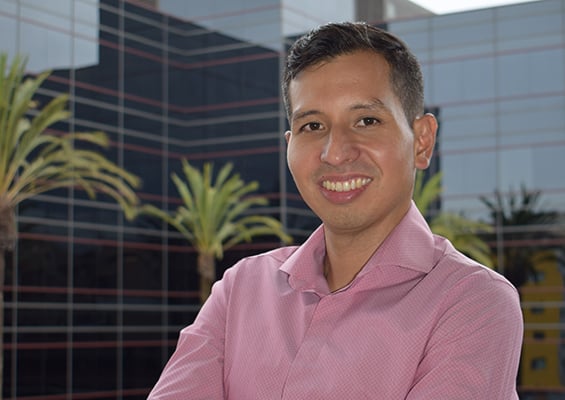Kevin Coldiron brings his wealth of experience and a treasure trove of stories to the classroom. In the mid-1990s, while at Barclays Global Investors—now part of BlackRock, where he serves on the Investment Review Committee—Kevin was part of the team that popularized factor investing. He then cofounded and managed the Algert Coldiron quantitative equity hedge fund for a decade. Now the owner of Rockridge Capital, LLC, he also writes a regular column for Forbes, exploring topics that range from the wealth tax to teenaged stock speculators.
What is your Dynamic Asset Management course about?
Asset management has two functions: The first is stewardship, essentially looking after someone’s capital. The second is search, which happens when you have a strategy that you want to follow, and you need to find the best person to execute it. Both are activities that a range of people in an organization—quants and managers—might need to know about. That is why I always have a few MBA students in what is technically an MFE (Masters in Financial Engineering) class.
We all learn best from stories, narratives and examples. When I talk about a theory or principle, I link it to a real-world example, a story. This helps students remember. I know this works because grads have emailed me when they use a concept to tell me they remember the story that I used to illustrate it.
What is your favorite class assignment or exercise?
The entire class builds toward the final assignment, when we look at how the Canadian Pension Fund, one of the most sophisticated and respected investors in the world, applies the ideas we’ve covered. We comb through its annual report and financial statements to understand how the fund executes on what we explored in class.
For their last project, teams of students take on a client—a pension fund, for example—and decide how they would manage the client’s money. The deliverable is a strategy document that outlines the problem the client faces, and the team’s strategy designed to help the client fund its liabilities. The assignment makes the students think about how to apply theories and ideas in the real world. Then they present their ideas in a strategy document that the client can understand. It has to be readable, not just pages of charts. It has to tell a story.
The plumbing of the financial markets has completely changed."
You were a successful hedge fund manager for a long time. Why do you teach now?
Teaching forces me to stay current on new research and to translate those new ideas for students. Before I can translate, I have to understand it for myself. I like the intellectual demands of that.
It’s also fun to get to know the students. I have ongoing relationships with many of them. A couple helped out on a book I co-authored with Jamie Lee and Tim Lee, The Rise of Carry. One grad did a lot of work on computer programs, while another read it cover to cover and gave feedback.
What do you hope students will take away from your class?
A set of tools to use when faced with a problem, whether that is creating a strategy or finding someone to execute a strategy. I also hope they will develop the mental habit of challenging basic assumptions. Like the Defining Leadership Principle has it, Challenging the Status Quo.
My favorite part of class is the last hour when I go through 10 takeaways from the course. These are references that can serve as a template for a career in finance, distilled from my experience in the market. That is fun and practical.
If you could design a new class for the MBA curriculum, what would it be?
The plumbing of the financial markets has completely changed in the last 10 to 20 years. Central banks are operating differently. ETFs didn’t exist; now they are a core part of the markets. Things like the GameStop meme may seem frivolous but have real-world implications. Investors and people raising capital need a holistic understanding of how the plumbing works because there is reflexivity from the plumbing of the markets into the real-world economy.
To mix a metaphor, the class would take the financial markets’ engine apart, look at all of the pieces, understand how they all work separately and as part of a bigger system, and what happens when you drive it. I would call the course The Modern Financial Ecosystem.
The expertise and insight your professors bring helps deepen and enhance your MBA journey. By selecting a top school with top-notch professors, you maximize your experience.

Read more from the Take 5 with a professor series:
- Jon Metzler connects people and places in ways that foster innovation
- Homa Bahrami explores agility and flexibility for enterprises and individuals
- Cameron Anderson can prove that being a jerk is not a good career strategy
- Laura Kray reveals the skill MBAs want in their core curriculum
- Kellie McElhaney talks equity fluency, courage, and vulnerability
- Lucas Davis shares hardest economic concept for MBA students to grasp
- Jenny Chatman gives three benchmarks of an effective organizational culture
- Jennifer Cohen talks equitable and inclusive leadership
- Clark Kellogg shares how he teaches design thinking, creativity, and innovation
- Dave Rochlin talks flipping the classroom: MBAs learn by doing
- Maura O'Neill says narrow-mindedness is the enemy of innovation
- Bill Pearce says most important trait of a successful marketer is empathy








